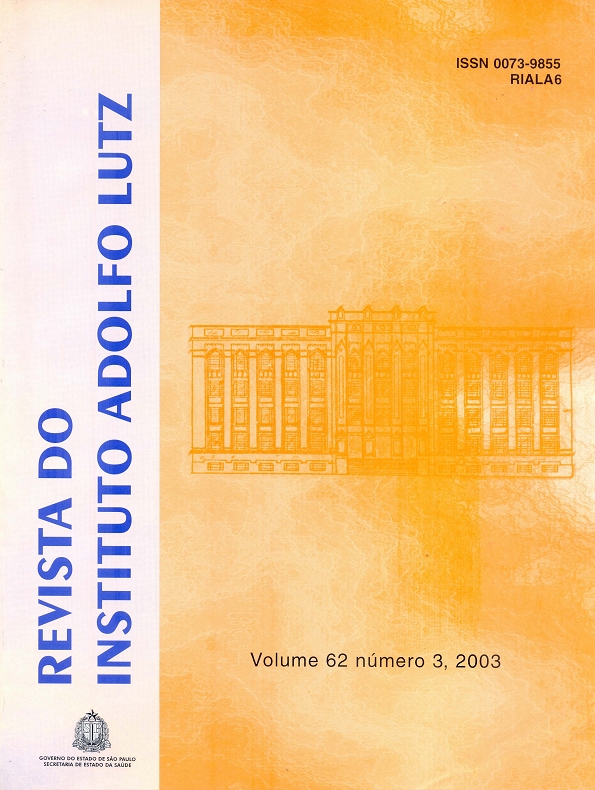Abstract
Pollen collected by bees is used as a dietary supplement. Data related to the hygienic and sanitary conditions of this product, as well as its composition, are rare. In this work, the physical-chemical properties of twenty-one samples of pollen from Apis mellifera bees, acquired from commercial
establishments or directly from bee-keepers from the São Paulo and Minas Gerais states, were determined.
The physical-chemical properties analyzed were moisture, water activity, ashes and pH. Moisture content
of the samples analyzed was above the limit established by legislation. Protein and lipids contents were within the limits established by legislation. Three samples presented ash contents outside of the legal standards. Pollen samples produced in southeast Brazil could be used as food supplement due to its high level of lipids and proteins if microbiological parameters were within safe limits.
References
1. AOAC International - Official Methods of Analysis of AOAC International. AOAC International 14a ed., 1994.
2. Bligh E.G. e Dyer J.W. A rapid method of total lipid extraction and purification. Canadian Journal of Biochemistry and Physiology 37(8): 911-7,1959.
3. Bonvehi J.S.; Galindo J.G.; Pajuelo A.G. Estudio de la composición y caracteristicas fisico-quimicas del polen de abejas. Alimentaria, 176: 63-7, 1986.
4. Bonvehi J.S ; Casanova T.M. Estudio analítico para determinar la humedad del polen. Anales de Bromatologia, 39: 339-349,1987.
5. BonvehiJ.S; Jordà R.E. Nutrient composition and microbiological quality of honeybee-collected pollen in Spain. J. Agric. Food Chem., 45: 725-732,1997.
6. Brasil - Ministério da Agricultura, Pecuária e do Abastecimento - Instrução Normativa nº 3, de 19 de Janeiro de 2001. Regulamento Técnico para fixação de qualidade e identidade do pólen apícola. Publicado no DOU de 23/01/01, Seção I, págs. 18-23.
7. Jodral M. et al.. El polen apicola como sustrato para la produccion de aflatoxinas. Alimentaria, 236: 67-68, 1992.
8. Linskens H.F. e Jorde W. Pollen as food and medicine – a review. Economic Botany, 51: 78-87, 1997.
9. Loper G.M. et al. Biochemistry and microbiology of beecollecdted almond (Prunus dulcis) pollen and bea bread I - Fatty acids, vitamins and minerals. Apidologie ,11(1): 63-73, 1980.
10. Masson, B. O pólen. São Paulo: Gaia, 1994. 103 p.
11. Orzaez V.M.T. et al. The importance of bee collected pollen in the diet: a study of its composition. Intern. J. Food Sci. Nut.,53(3): 217-224, 2002.
12. Rabie A.L.; Wells J.D.; Dent L.K. The nitrogen content of pollen protein. J. Apic.Res., 22(2): 119-123, 1983.
13. Youssef A.M. et al. Chemical studies on pollen collected by honey bees in Giza region, Egypt. J. Apic. Res., 17: 110-113, 1987.

This work is licensed under a Creative Commons Attribution 4.0 International License.
Copyright (c) 2003 Revista do Instituto Adolfo Lutz
